High End Novum
PMR Initium II
Incl. 21 % TAX € 1,290.00
- Made of a special bronze alloy
- Each PMR Initium is individually and exclusivly hand crafted in Germany
- Designed to guarantee a genuine reproduction of sounds and music
- Color natural bronze
- Weigth 1.2 kg
- Height 20 cm, width 18 cm, depth 15 cm
The Art of Sound
The Passive Multivocal Resonator (PMR) is a system which is highly vibratory, comprehending a broad spectrum of audio frequencies. It is designed to guarantee a genuine reproduction of music and film. Most of the times even high quality stereo systems are not able to fully reproduce music with all its vibes and liveliness. This leads to a listening experience which can hardly be called natural as it is merely a – somewhat soulless – copy of a live performance on a CD or LP. The problem of this lack of authenticity could be compared to a pixelated digital version of a masters’ painting. Listening fatigue or less involvement in the music is also noticed…
It is mainly the overtones of acoustical instruments which disappear when music is being recorded and reproduced the usual way. The loss of these overtones can not be fully compensated, even by installing expensive equipment or by modifying the stereo systems’ acoustical environment. This is where the PMR comes in: it is an acoustical instrument that makes it possible to complete the tonal spectrum of a piece of music by reflecting the important overtones. Friends of music from all over the world will be happy to discover a truly colourful and fine-tuned sound picture comprehending every single frequency of an instrument or voice. When listening to his favourite CDs/LPs, the PMR-user will recognise a more natural sounding recording and it seems as if the music has got more space. Different voices, instruments and sounds in general can be distinguished better from each other. The PMR creates a deeply emotional listening experience. During a film, conversations will be much easier to understand, while ambient and effects are presented in a much more faithful way.
Regarding its compatibility with stereo systems, basically all types of hi-fis can profit from a PMR – whether it is used with a transistor-, a tube-, or home theatre set. An important reason for the PMR being compatible with so many stereos is the fact that it uses physical laws making it nearly independent from electric features, the loudspeakers and the listening room.
The geometry and design of the PMR are based on the so-called golden ratio. On exactly this basis, many musical instruments are built. However it is not only traditional knowledge which is used for the development of the PMR. The Resonator is also approved by the finite element method – a modern mathematical testing method providing solutions to complex questions in the field of solid-state physics. In fact, this method proved the PMR’s theoretical principal of operation to be useful for the production of a fine-tuned resonator. Another important aspect of the PMR’s function is its unique material. A wide variety of metals as well as synthetic and natural materials was tested in order to find the ideal material for the PMR. In this process, one material appeared to be far above the other test objects: bronze which is normally used to cast church bells. Using many listening sessions, the ratio of copper-tin was optimized strongly. The copper-tin-alloy of traditional bell bronze comprises harmonizing elements which are crucial for the optimal function of the PMR (as described earlier).
The comparative analysis of frequency responses makes it possible to detect fine distinctions surrounding the resonant frequency. This analysis shows that the PMR accurately arranges the whole frequency spectrum of loudspeakers and reflects them in a less elusive way. Moreover, measurements on its effects state the fact that the PMR is able to reproduce overtones far above 20 kilohertz. With the PMR, a more balanced sound radiation can be seen in the important midrange between 200 and 3000 hertz. Thus, the PMR creates a deeply emotional listening experience.
Considering the results of the metrological control only, the changes caused by the PMR are moderate – however the audible changes continue to fascinate inexperienced listeners as well as experienced ‘Audiophiles’. The differences might even be described with the sound of a Stradivarius violin compared to a usual violin. As a handmade product, every PMR is extensively ’prelistened’ to and manually processed so as to create a resonator whose acoustical behaviour can meet the metrological requirements. This time-consuming process is necessary to ensure that every PMR works identically when installed in different environments.
The Passive Multivocal Resonator is the discerning listener’s access to new and exciting soundscapes which can even be experienced at home through HiFi and home cinema, lending the sound liveliness as never heard before. No other accessory will be able to match this effect. An absolute must-have for every serious audiophile!
Reviews:
The strangest tweak ever by Paul McGowan@PSAudio.com
A “Ring” of the Truth by Clement Perry/Ron Cook/Dan Secula@StereoTimes.com
Klangggggggggschale von Jurgen Czerner@ars-music.de
Stereo versus 3-D von Jorg Kessler@LP Magazine
Die Schale von Frank Hakopians@fairaudio.de
Klangggggggggschale von Jurgen Czerner@ars-music.de
PMR – die audiophile Klangschale@audiophil-online.de
Two accessories by HighEndNovum by Frank Hakopians@6Moons.com
Schale! by Kurt Larssen@Fidelity magazine (translated to Deutsch)
Stereo versus 3-D von Jorg Kessler@LP Magazine
Die Schale von Frank Hakopians@fairaudio.de
Messebericht@Highend Munschen 2014
Messebericht Paul Mc Gowan von PS Audio
| Weight | 1.2 kg |
|---|
Be the first to review “High End Novum
PMR Initium II” Cancel reply
Related products
Incl. 21 % TAX € 49.00
Incl. 21 % TAX € 59.00




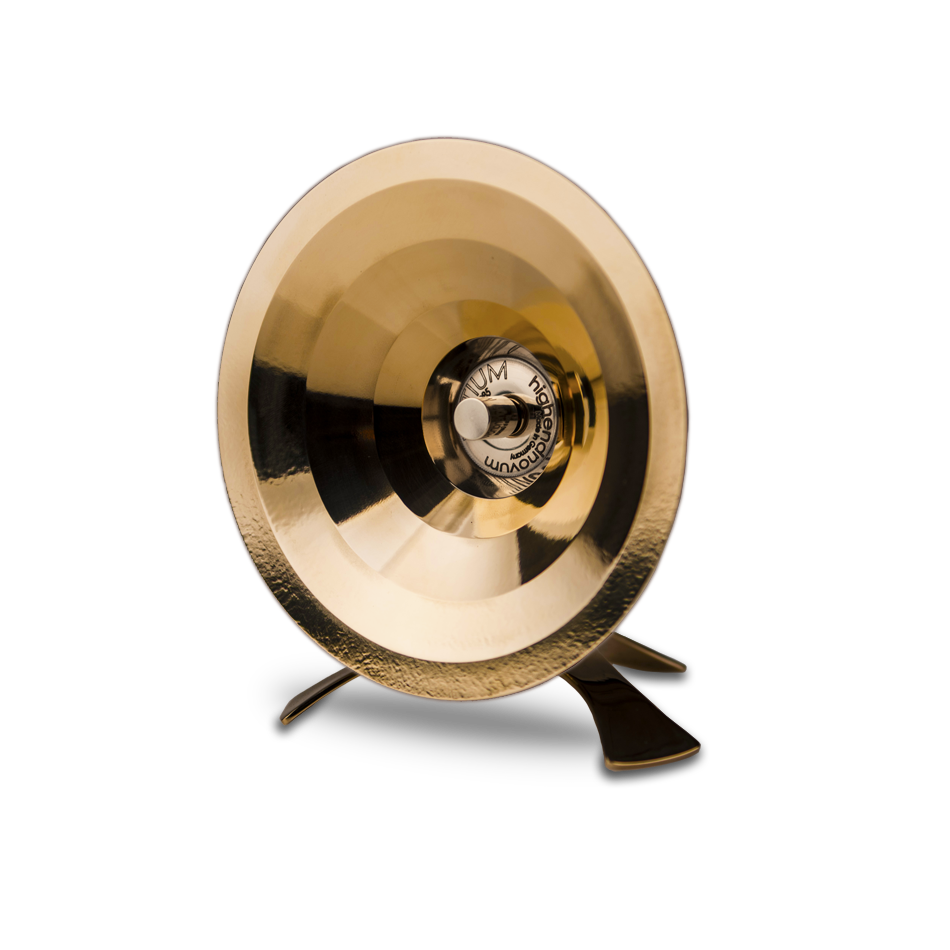
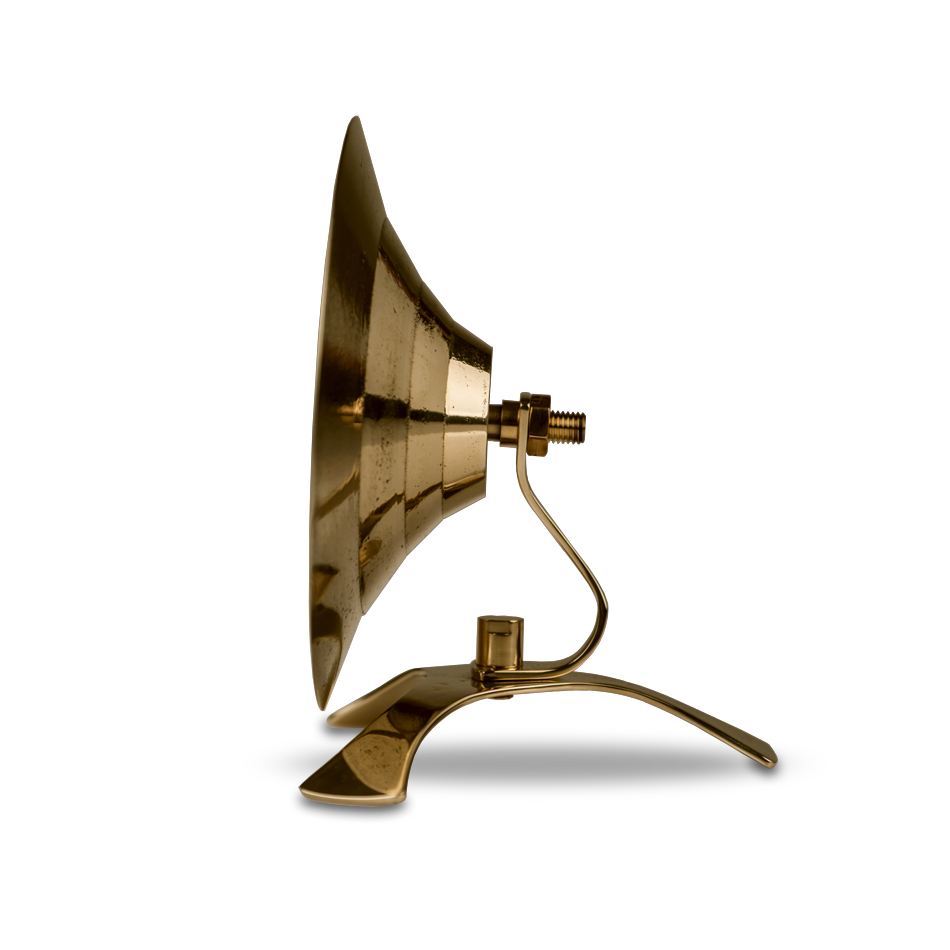
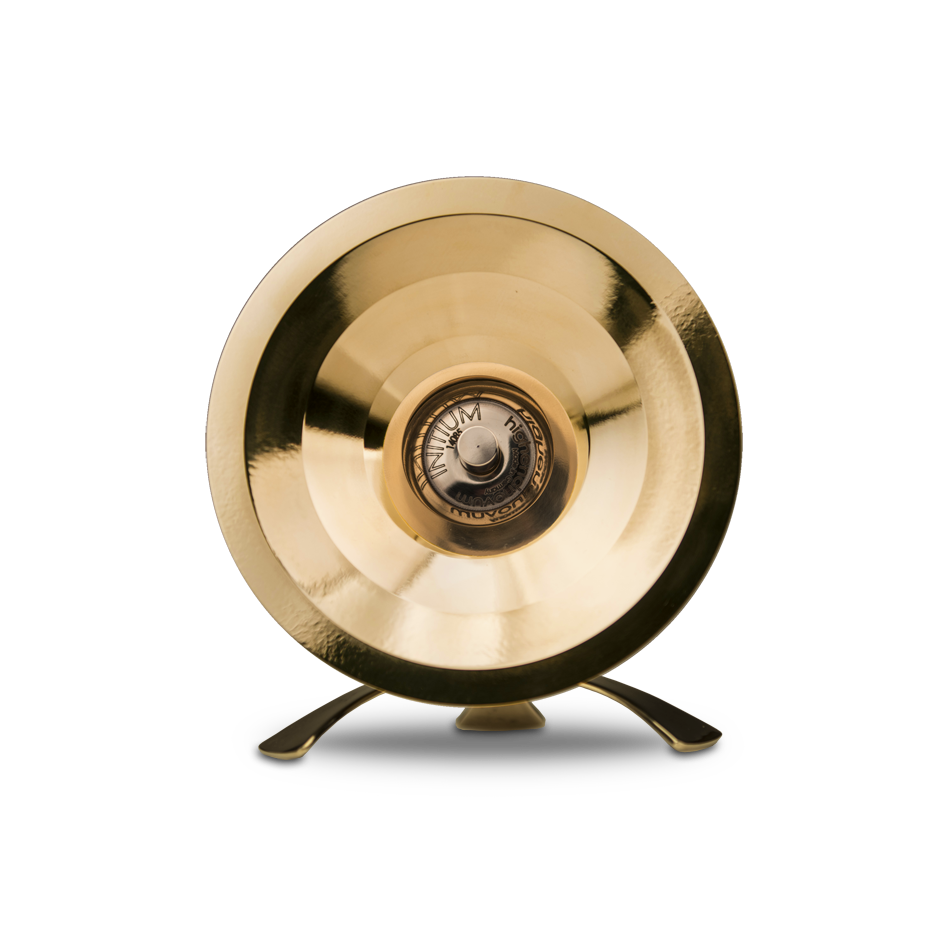
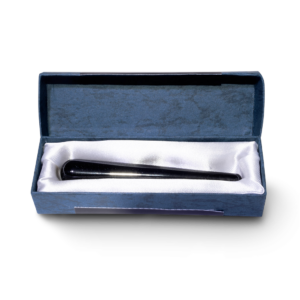

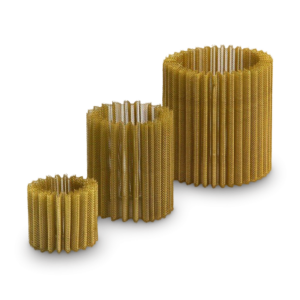
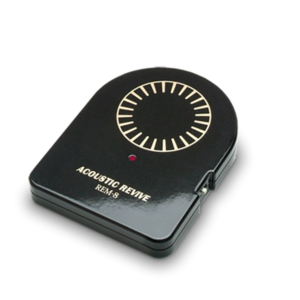
Reviews
There are no reviews yet.